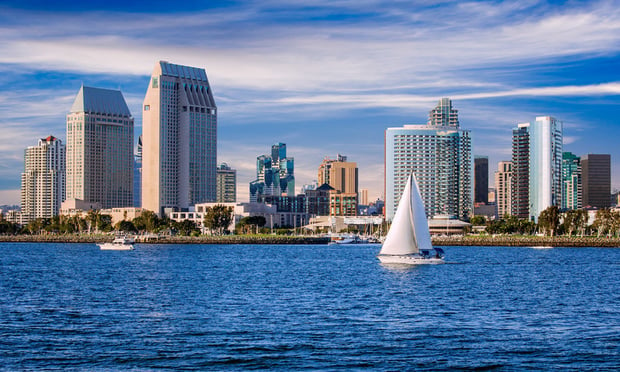A steady rebound in restaurant consumer transactions has hit a six-week wall as COVID-19 surges and accompanying reopening rollbacks stall any recovery, according to The NPD Group Inc.
Since the second week of June, major restaurant chain customer transactions fell between -11% and -14% when compared to last year, according to NPD. Its findings were based on chain-specific transactions and share trends for 75 quick service, fast casual, midscale and casual dining chains, which represents 53% of U.S. commercial restaurant traffic.
To be sure, NPD did note earlier an steady improvement in major restaurant customer transactions stretching from the last week of April through the second week of June. By the week ending July 12, consumer transactions were down -14% compared to a year ago. The following week ending on July 19 saw a slight improvement with transactions only down -12% compared to a year ago.
Recommended For You
Want to continue reading?
Become a Free ALM Digital Reader.
Once you are an ALM Digital Member, you’ll receive:
- Breaking commercial real estate news and analysis, on-site and via our newsletters and custom alerts
- Educational webcasts, white papers, and ebooks from industry thought leaders
- Critical coverage of the property casualty insurance and financial advisory markets on our other ALM sites, PropertyCasualty360 and ThinkAdvisor
Already have an account? Sign In Now
*May exclude premium content© 2025 ALM Global, LLC, All Rights Reserved. Request academic re-use from www.copyright.com. All other uses, submit a request to [email protected]. For more information visit Asset & Logo Licensing.








